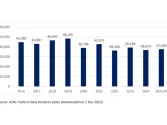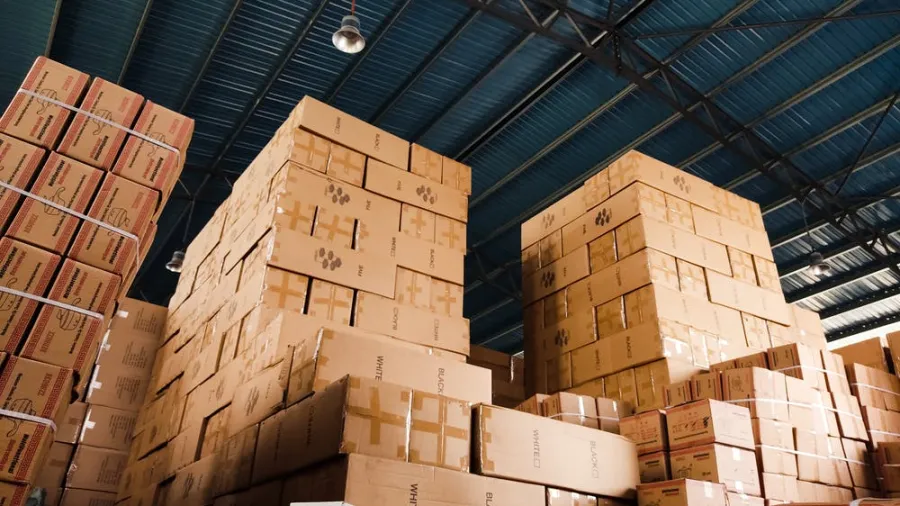
Greater Tokyo’s 2025 logistics supply to be 30% lower than 2024 levels
Vacancy rates are expected to gradually stabilise this year.
According to a Savills report, new supply continues to outpace strong demand in the Greater Tokyo logistics market in 2024. As a result, vacancy experienced a slight uptick to 9.0% in Q4/2024, having increased by 0.6ppts HoH and 1.4ppts YoY. While vacancy has increased consecutively since hitting its lowest point in Q4/2020, the pace of increment began to gradually taper off in 2024.
“In addition, new supply in 2025 will be approximately 30% lower than that of 2024, declining for a second year in a row from the peak in 2023, providing further breathing room for the absorption of vacant space this year. With firm demand and a shrinking supply pipeline in Tokyo, vacancy rates are expected to gradually stabilise in 2025,” the report said.
Here’s more from Savills:
Average asking rents in the Greater Tokyo market corrected slightly, declining by 2.5% HoH, although rising by 1.7% YoY, reaching JPY4,700 per tsubo. The gradual accumulation of supply has increased the competition for tenants, leading to some softening in asking rents over the past half year, indicating that the supply-demand balance will remain somewhat loose for the meantime.
Overall, rental growth remains bifurcated, with prime facilities in prime or convenient locations offering unique amenities continuing to attract demand and command premium rents, while less accessible and older properties may need to consider rental reductions to attract tenants.
The Greater Osaka market also experienced some loosening in 2H/2024, with new supply exceeding demand slightly. Indeed, vacancy loosened marginally by 0.5ppts HoH, and 0.3ppts YoY to 3.6%, albeit remaining noticeably tighter than the Greater Tokyo market. Meanwhile, average rents rose by 2.9% HoH and 1.4% YoY to JPY4,300 per tsubo, indicating that demand remains firm for the meantime.
That said, 2025 will see record levels of incoming new supply in Greater Osaka and this may bring temporal disruption to the market. Nevertheless, the market has shown resilience, demonstrated by its tight and stable supply-demand balance, and stability should continue as new facilities with unique amenities receive positive attention from tenants moving forward.





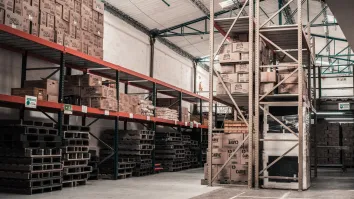

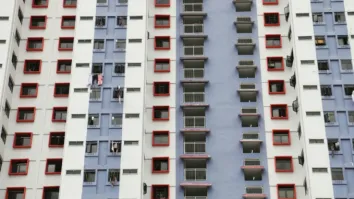






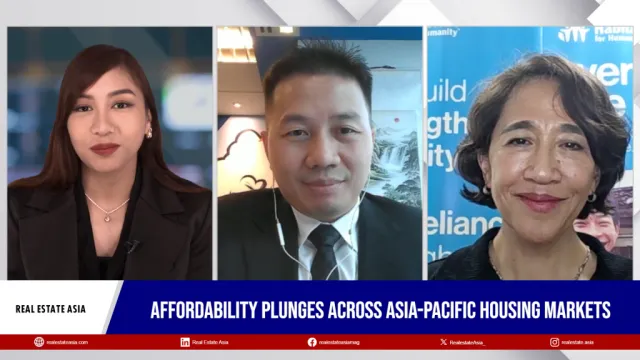

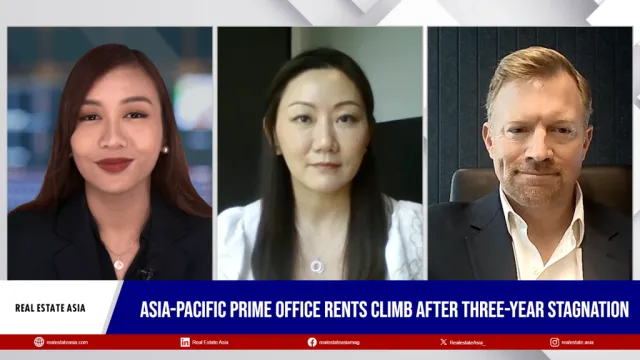


 Advertise
Advertise
